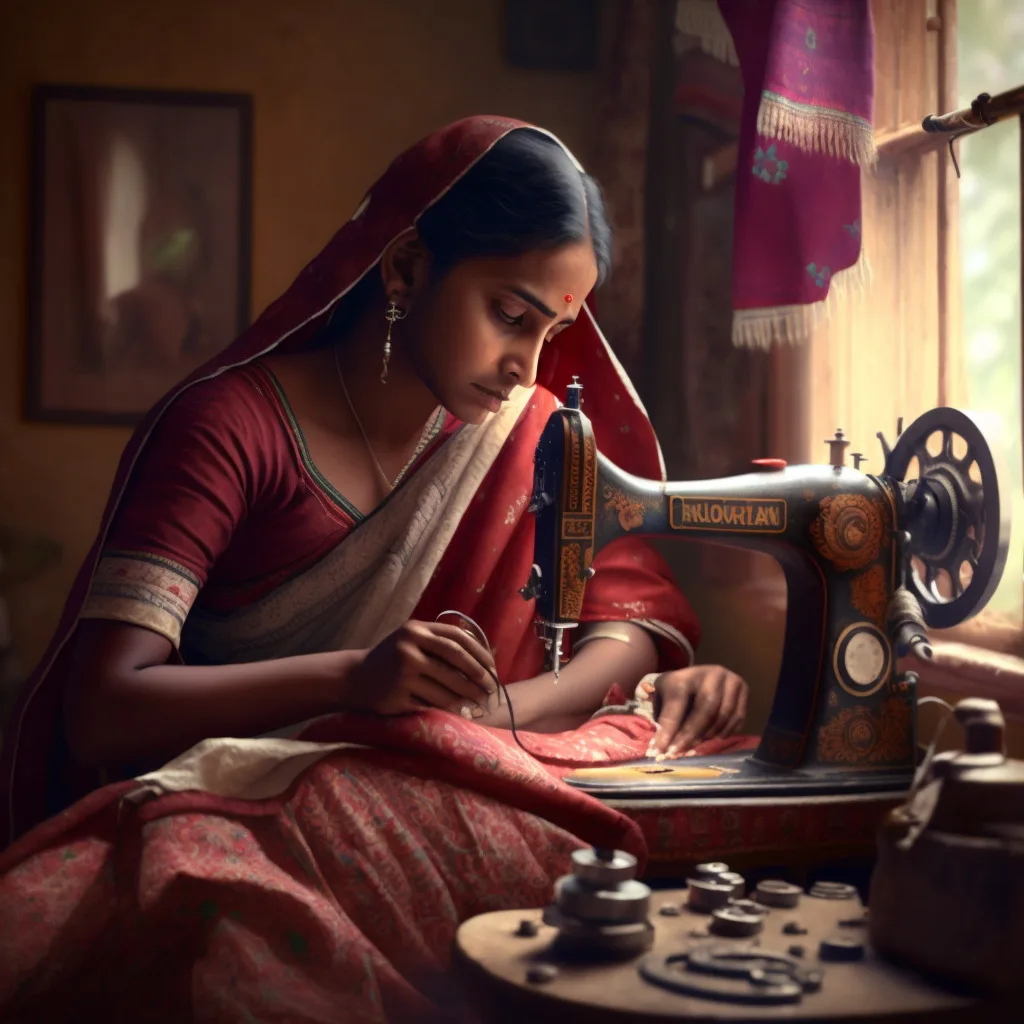Locate the Best Tailor Perth: Premium Tailoring for Distinctive Design
Comprehending the Tailoring Refine: From Material Selection to Final Suitable for the Perfect Closet
The tailoring process is a complex interplay of art and scientific research, starting with the vital choice of material selection and finishing in the specific modifications of final fittings. Each textile kind brings special qualities that influence not just the aesthetic appeal yet additionally the garment's long life and viability for different occasions. Understanding the subtleties of tailoring techniques can boost one's closet to unprecedented degrees of class. As we check out these elements additionally, one need to consider just how even the tiniest information can considerably impact the general outcome of one's individual style.
Importance of Material Option
Choosing the best textile is essential in the customizing procedure, as it straight influences the comfort, toughness, and total aesthetic of the final garment (tailor perth). The choice of material establishes the structure for the garment's capability, efficiency, and design. Different materials have special residential or commercial properties, such as weight, stretch, and breathability, which can significantly affect how the garment drapes and fits the body
Moreover, fabric choice influences the garment's long life and convenience of treatment. High-grade textiles can hold up against damage, preserving their appearance and structure over time, while lower-quality materials might cause pilling or fading. Furthermore, the ideal material contributes to the garment's capacity to change throughout events and periods, consequently boosting adaptability.
A tailored piece made from a suitable textile not just showcases craftsmanship but additionally elevates the user's self-confidence. As a result, understanding the nuances of textile choice is critical for any customizing venture. It ensures that the end product not just meets the visual wishes of the customer however also lines up with functional demands, thereby attaining a harmonious equilibrium between type and function in the customized closet.
Kinds Of Fabrics and Their Usages
Comprehending the numerous sorts of textiles available is essential for making informed choices during the tailoring procedure. Each fabric has unique attributes that determine its suitability for details garments and occasions.
Its convenience enables it to be tailored into whatever from shirts to gowns. Its all-natural elasticity helps garments maintain shape over time.
Silk emanates luxury and is light-weight, making it perfect for eveningwear and delicate blouses; however, it requires cautious handling because of its frailty. Bed linen, with its distinctive surface, is a preferred selection for cozy environments, giving a crisp and ventilated feeling, yet it wrinkles conveniently, which might influence the garment's look.
Artificial textiles, such as polyester and nylon, deal durability and resistance to wrinkles, making them ideal for day-to-day wear and energetic apparel. Recognizing these textile kinds and their buildings enables much better decision-making, making sure that each customized piece not only fits well yet additionally lines up with the designated function and occasion.
The Tailoring Strategies Clarified
The art of customizing depends on a variety of techniques that change material into well-fitted garments. Central to this procedure is pattern composing, where a tailor creates templates based upon the client's measurements and wanted style. This initial action makes sure that the garment will fit the user appropriately prior to any type of cutting takes place.
When patterns are established, reducing methods enter play. Accuracy is critical as inaccuracies can bring about misfitting garments. Tailors usually utilize different cutting methods, such as single-layer cutting for elaborate styles and multiple-layer reducing for performance on typical patterns.
Basting is one more necessary method, enabling dressmakers to briefly sew material assemble for an initial fitting. This approach offers the possibility to assess the drape and total silhouette before last stitching.
Seaming methods, including flat-felled seams and French joints, boost the Your Domain Name garment's sturdiness and visual appeal. Tailors additionally employ methods such as interfacing and padding to supply structure and shape to go to this web-site details areas, like collars and shoulders.
Last but not least, finishing methods, consisting of hemming and side finishing, make sure the garment's long life while providing a refined appearance. With each other, these techniques form the backbone of efficient customizing, resulting in splendid, tailor-made garments.
Suitable Changes and Considerations

Trick factors to consider consist of the shoulder fit, which must neither sag neither restrict movement, and the sleeve length, which should enable comfortable arm motion while maintaining a sleek appearance. Additionally, changes at the midsection can fine-tune the silhouette, with alternatives to allow out or take in textile as needed.
The rise of pants is another critical variable; it ought to rest easily above the hips without creating discomfort, permitting simplicity of movement. Hemming sizes for both pants and skirts must reflect the user's preferred design while appreciating percentages.

Keeping Your Tailored Attire
Appropriate maintenance of tailored garments is vital to maintaining their fit and look gradually. To make certain durability, routine cleansing is extremely important. Constantly adhere to the treatment tag guidelines, which might suggest completely dry cleansing for delicate materials or device washing for more durable materials. Stay clear of constant laundering, as this can put on down the textile and alter the garment's shape.
Storage space is just as crucial; use padded wall mounts for layers and jackets to maintain shoulder framework, and shop trousers folded up neatly or hung to stop creasing. Protect garments from straight sunlight, which can fade shades and damage fibers.
In addition, routine assessments for minor fixings can stop larger concerns. Look for loose switches, fraying joints, or signs of moth damages, attending to these problems without delay to preserve the garment's honesty.
Finally, consider seasonal turning. Wearing customized pieces in small amounts allows materials to recover, prolonging their lifespan. By carrying out these maintenance methods, you can ensure that your customized garments remain as excellent as the day you initially wore them, boosting your perfect closet for years to find.
Conclusion
The tailoring procedure, encompassing material option, competent strategies, and precise fitting changes, next page plays an essential function in developing garments that enhance both comfort and design. Each phase adds to the general performance of the end product, making certain that garments not just fits well but additionally reflects individual identification. Furthermore, recognizing the importance of maintenance prolongs the life of customized garments, strengthening their worth in a well-curated closet. A thorough approach to tailoring culminates in a refined and positive look.
Selecting the ideal material is important in the tailoring process, as it directly affects the convenience, toughness, and general aesthetic of the final garment. The selection of textile establishes the foundation for the garment's style, performance, and capability. Various materials possess one-of-a-kind residential or commercial properties, such as breathability, weight, and stretch, which can significantly influence exactly how the garment drapes and fits the body.
The art of tailoring counts on a range of strategies that change fabric right into well-fitted garments.The tailoring procedure, including textile choice, experienced strategies, and accurate suitable modifications, plays a crucial function in creating garments that improve both comfort and design.